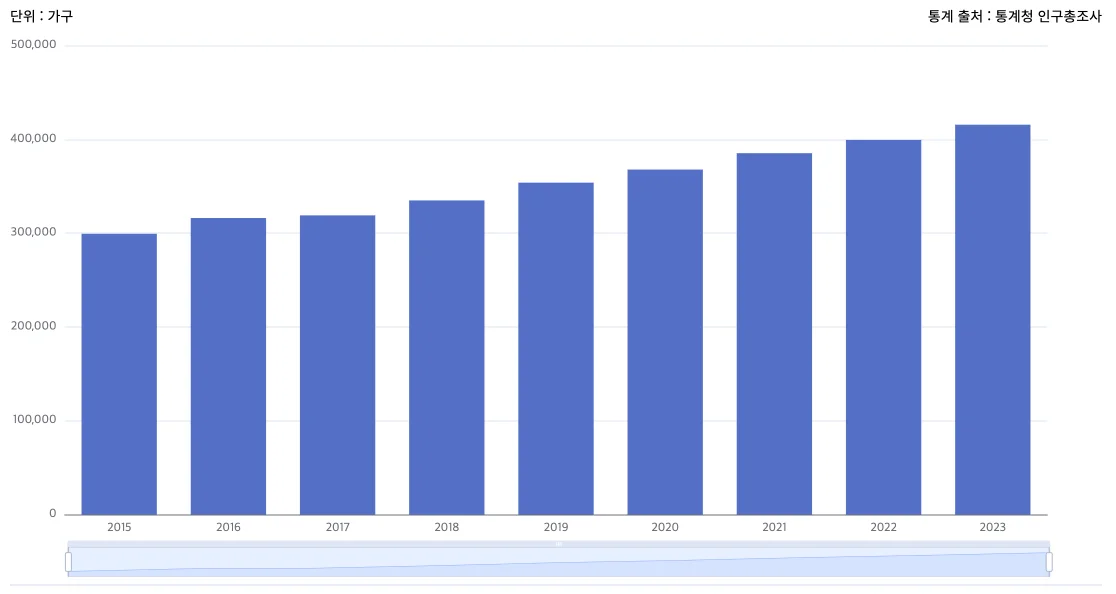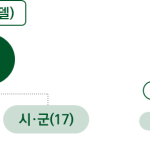South Korea faces a demographic crisis that threatens its economic and social stability: a birth rate of 0.78 and a rapidly aging population. These trends pose risks of labor shortages, increased social welfare costs, and a shrinking tax base. Immigration has been proposed as one potential solution, but significant policy limitations and cultural attitudes present barriers. In this context, a closer examination reveals why immigration alone may be inadequate for resolving Korea’s demographic challenges and points to broader reforms necessary for sustainable change.
South Korea’s fertility rate, one of the lowest globally, underscores a demographic trajectory marked by a shrinking workforce and substantial social welfare obligations. The Korean Institute for Health and Social Affairs (KIHASA) has raised concerns that increased welfare demands on a shrinking tax base could evolve into a national crisis, similar to demographic trends in Japan. While many experts advocate for immigration as a potential solution, Korea’s distinct cultural framework and restrictive immigration policies complicate this approach, underscoring the complexities involved in leveraging immigration to address demographic decline.
Historically, immigration has played a minimal role in South Korea’s social and economic structure. Since the 1990s, Korea has brought in foreign workers to address labor shortages in manufacturing, agriculture, and care services. However, strict visa regulations prevent these workers from obtaining long-term residency or citizenship. Korea’s focus on cultural homogeneity, rooted in a historical emphasis on a “single-blood” identity, reinforces restrictive immigration laws and limited integration opportunities for foreign residents.
According to a recent Ministry of Justice report, government-sponsored multicultural programs primarily assist foreign spouses and their children with language classes and basic cultural orientation. While helpful, these programs are often viewed as short-term solutions rather than a foundation for full social and economic integration. In comparison, countries like Canada and Germany offer clear, structured pathways to citizenship, providing long-term social and economic integration opportunities that are largely absent in Korea.
Countries with established multicultural policies, such as Canada and Germany, offer immigrants comprehensive pathways to permanent residency and citizenship, ensuring that foreign residents can fully integrate and contribute to society. Canada’s points-based system prioritizes skilled migrants, promotes family reunification, and supports both temporary and permanent residency, creating a sustainable model for integration. Germany provides language training, vocational programs, and social support for immigrants, helping them integrate more easily into economic and community life.
In contrast, Korea’s restrictive approach limits the potential of immigration to address demographic and labor market needs. While other nations view immigration as a tool for long-term social cohesion, Korea’s policies primarily treat foreign residents as a temporary labor force. This approach limits foreign residents’ ability to establish lasting connections within society, potentially deepening labor shortages and social divides.
Beyond policy restrictions, social attitudes in South Korea present additional barriers to integration. According to KIHASA, less than 53% of Koreans support a multicultural society, with younger generations generally showing greater openness toward diversity. This generational divide in attitudes creates challenges in housing, employment, and access to social services, where discrimination remains prevalent.
Multicultural children also face obstacles in education, with reports of bullying and social exclusion common in school settings. Such experiences can impact academic performance, mental health, and long-term social integration, affecting their future opportunities. Community engagement presents another challenge, as foreign residents frequently report feelings of isolation and marginalization, with limited participation in local events and activities, which can deepen social divides and hinder a more inclusive society.
Busan, Korea’s second-largest city and a hub for multiculturalism, illustrates the challenges and progress in accommodating foreign residents. As of 2023, Busan’s foreign population exceeds 27,000, with significant numbers of migrant workers and multicultural families concentrated in areas like Sasang-gu, Saha-gu, and Haeundae-gu.
Although Busan has established multicultural family support centers offering language classes, counseling, and cultural orientation, these programs are often limited to short-term adjustment rather than long-term integration. Multicultural families in Busan report discrimination in housing and limited employment options. Children from multicultural families in the city also face high rates of social exclusion and bullying, which impacts their academic performance and sense of belonging. While anti-bullying initiatives and multicultural education have been implemented, their effectiveness has been limited and inconsistent.
Efforts to foster multicultural awareness among younger Koreans are increasing, though they remain limited. Programs that incorporate multicultural content into school curricula and public awareness campaigns could reshape societal attitudes over time. Educators and community leaders emphasize the importance of fostering acceptance from an early age, as younger Koreans are more open to diversity and may play a critical role in influencing future perspectives on multiculturalism.
Without significant immigration reform and greater social acceptance of multiculturalism, Korea risks economic and social challenges. Projections suggest that a continued population decline could lead to severe labor shortages in key industries. Furthermore, the rising costs of social welfare for an aging population will increasingly strain Korea’s economy.
Social divides could grow as immigrant populations remain marginalized, leading to social tensions and undermining social cohesion. These divisions could impact areas from public safety to political stability, as marginalized communities often feel isolated from the broader society.
Addressing Korea’s demographic crisis through immigration requires comprehensive policy reforms and shifts in public attitudes. Expanding pathways to permanent residency and citizenship for foreign workers, multicultural families, and their children is essential. Streamlining family reunification processes, increasing support for multicultural education, and strengthening anti-discrimination policies could encourage foreign residents to settle long-term and feel fully integrated within Korean society.
Policymakers may also benefit from studying international models, such as Canada’s and Germany’s integration programs, as potential frameworks for supporting immigrant inclusion in Korea. A more inclusive approach could help Korea maintain a sustainable labor force while building a more cohesive society.
South Korea’s identity as a culturally homogenous nation is deeply rooted, but adapting to a multicultural perspective may be crucial in addressing demographic challenges. By fostering an inclusive model of multiculturalism that aligns with Korean values, the country could create a sustainable path toward demographic stability and cultural inclusivity.
While immigration may offer a partial solution to Korea’s demographic crisis, it is not a standalone fix. Without extensive policy changes and broader societal acceptance, immigration is unlikely to fulfill Korea’s long-term demographic needs. As South Korea navigates its demographic future, embracing multiculturalism and supporting foreign residents’ integration will be essential steps in building a sustainable, inclusive society.



